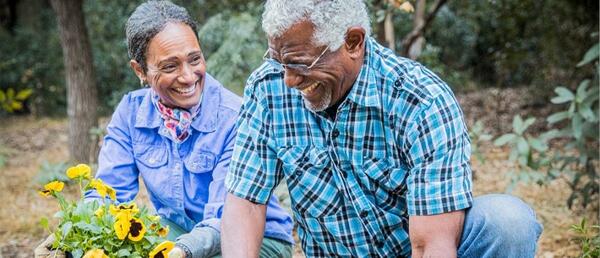
How Can Communities Create Safer Environments for Seniors?
Creating a safe and supportive place for the elders is a shared duty that requires a number of strategies. The community can improve the health and well-being of its old residents by focusing on three main areas: physical security, social relationships, and access to important services. An active and affiliated effort in combination with local authorities, non-profit, companies and neighbors can make a neighborhood a safe place for older people.
Enhancing Physical Safety
Physical protection is the maximum essential aspect for seniors' fitness. One manner for groups to start is to make their infrastructure better. This approach ensures that pavements are nicely stored, properly lit, and have ramps to make them simpler to get to. Longer pedestrian signals at crosswalks can help older humans cross the road thoroughly. Installing seats in public places additionally offers humans with mobility issues an area to sit down and relax. Another important subject matter is domestic safety. You can get loose domestic protection tests from neighborhood health departments or non-profit organizations to discover matters that would be dangerous, inclusive of free rugs, poor lights, or antique smoke alarms. They can also assist put snatch bars in toilets and provide you tips on the way to avoid falling. These simple, however powerful steps are typically the primary things that senior care providers do to stop injuries earlier than they appear.
Fostering Social Connections
For older people, being lonely and by themselves can be very terrible for their health, both mentally and physically. Communities can fight this by means of making it less complicated for human beings to get together and socialize.
- Community Centers and Clubs: Setting up senior centers or clubs gives people an area to meet for social activities, lessons, and other sports. These locations can hold anything from e-book golf equipment and card games to art seminars and exercise sessions.
- Intergenerational Programs: Programs that pair seniors with younger individuals, such as a study friend application with essential faculty scholars or a mentorship program with high schoolers, can help seniors feel beneficial and close the gap between generations.
- Volunteer Opportunities: Encouraging elders to volunteer maintains them busy and helps the network, which makes them experience like they belong and are valued.
- Neighborly Networks: Simple things like "take a look at-in" packages, where volunteers or neighbours telephone or go to homebound seniors on a regular basis, could make a large difference. These networks now not only help people feel less alone but also let people know in the event that they have health problems early on.
Improving Access to Services
Seniors need easy access to doctors, transportation, and good food.
- Transportation: Many older human beings avoid riding; therefore, towns want to provide dependable and low-cost methods to get around. This ought to imply subsidized ride-sharing offerings, unique bus routes for seniors, or volunteer-based transportation programs to take seniors to the medical doctor or grocery store.
- Healthcare: To make it less difficult for people to get healthcare, we need to have cellular health clinics, flu shot drives at network centers, and record local fitness assets.
- Nutrition: Many older people are concerned about not having enough food. Communities can assist local meal banks, install meal transport offerings only for elders, or make network gardens in which seniors can grow their own food.
Communities can create a help device that not only keeps their seniors safe but additionally makes their lives better by keeping them lively and linked. This all-encompassing technique to senior care makes places in which older human beings can thrive by making them experience safety, favor, and being part of their network.